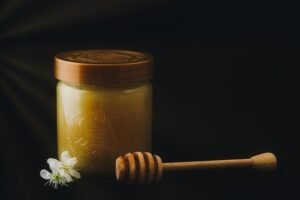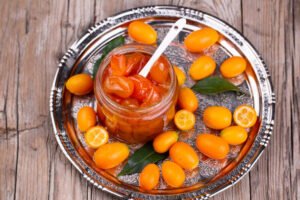Types of vinegar pickling.
The taste and texture of pickles that are preserved by vinegar’s acidity vary from crisp dill refrigerator cucumbers to silky sauces like ketchup (yes, ketchup is actually a vinegar pickle), with flavors ranging from harshly sour cornichons to spicy chutney to sweet red pepper relish.
Another method of preserving food that is often referred to as pickling is Lacto-fermentation (which has its own chapter in this book). Some claim that pickles should only be used to describe fermented foods, while others assert that only pickles made with vinegar are really pickles. The food is eventually preserved by the pH of the brine in both types of pickling, which is the most crucial fact to understand.
Three varieties of vinegar pickling exist:
Pickles stored in refrigerators often have a softer taste and more crunch than pickles preserved in cans of vinegar because of the chilly temperatures at which they are kept. The combination of some acidity in the brine and cold storage provides the necessary level of safety.
• The acidity of canned vinegar pickles is more intense and in your face, which is good for dishes like spicy pickled carrots and cornichons but typically too harsh for a pickle to consume with a sandwich.
Even more so than the heat and seal of the boiling water bath canning, the acidity of the components in canned vinegar pickles securely preserves the food. For this approach to work, the materials must have a pH of 4.6 or below.
You may either use this guideline or purchase pH meters to determine how acidic your recipe is: Never add more water to dilute vinegar in brine than is necessary (this is assuming you are beginning with vinegar that has 4.5 percent or more acetic acid, which practically all commercial vinegar have; it will be noted on the label).
Try one of the other two types of vinegar pickling if pickles prepared with 50/50 vinegar and water are still too sour for you, or choose Lacto-fermented pickles. The third form of vinegar pickle is one that has sufficient vinegar acidity for secure boiling water bath canning but masks the taste with sugar or honey sweetness.
Recipes for bread-and-butter pickles, hot-dog-style relishes, chutneys, and ketchup are all examples of sweet-and-sour pickles. Typically, these kinds of recipes don’t include any water.
The third form of vinegar pickle is one that has sufficient vinegar acidity
for secure boiling water bath canning but masks the taste with sugar or honey sweetness. Recipes for bread-and-butter pickles, hot-dog-style relishes, chutneys, and ketchups are all examples of sweet-and-sour pickles. Typically, these kinds of recipes don’t include any water.
Red and white wine vinegar, apple cider vinegar, and other vinegar with similar flavors are all great pickling ingredients. Although it might have a little astringent flavor, white distilled vinegar has the benefit of highlighting the vivid hues of certain foods, such as carrots or chili peppers.
Generally Useful Gear For Canning And Preservation.
How Lacto-Fermentation Safely Preserves Food
HOW TO USE LACTO-FERMENTED VEGETABLES IN FIVE DELICIOUS WAYS
Fermented Hot Chile Pepper Sauce




